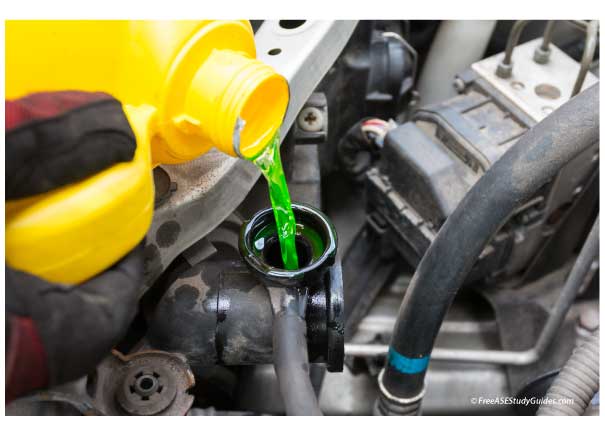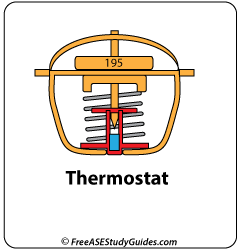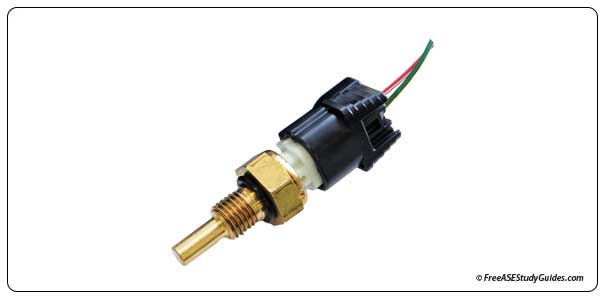Air Pockets in the Cooling System

Sometimes, an air pocket will form after removing a part or flushing the engine's cooling system. Specific models require a special procedure like raising the rear or front of the vehicle to remove these problematic pockets.

This question mentions the lower radiator hose. This indicates that the system has drained and now has an air pocket. This can leave the water pump with no coolant to circulate or water pump cavitation.
There are two types of cooling systems, the series and the parallel. A series system flows around the cylinders to the back of the block before flowing to the cylinder heads. In a parallel system, coolant flows around all the cylinders and through passages beside each cylinder, then into the cylinder head, instead of sending it to the back of the engine block first.
A special tool may be required to force the coolant into difficult systems using shop air. Remember to use caution when dealing with the hot coolant; many have received burns attempting to remove stubborn air pockets.

Check the manufacturer's manual for special procedures before proceeding. A stubborn air pocket can prevent engine cooling fan operation. When low or no coolant passes through a closed thermostat and across the (ECT) engine coolant temperature sensor, the PCM will not receive the correct signal, preventing vital cooling fan operation.